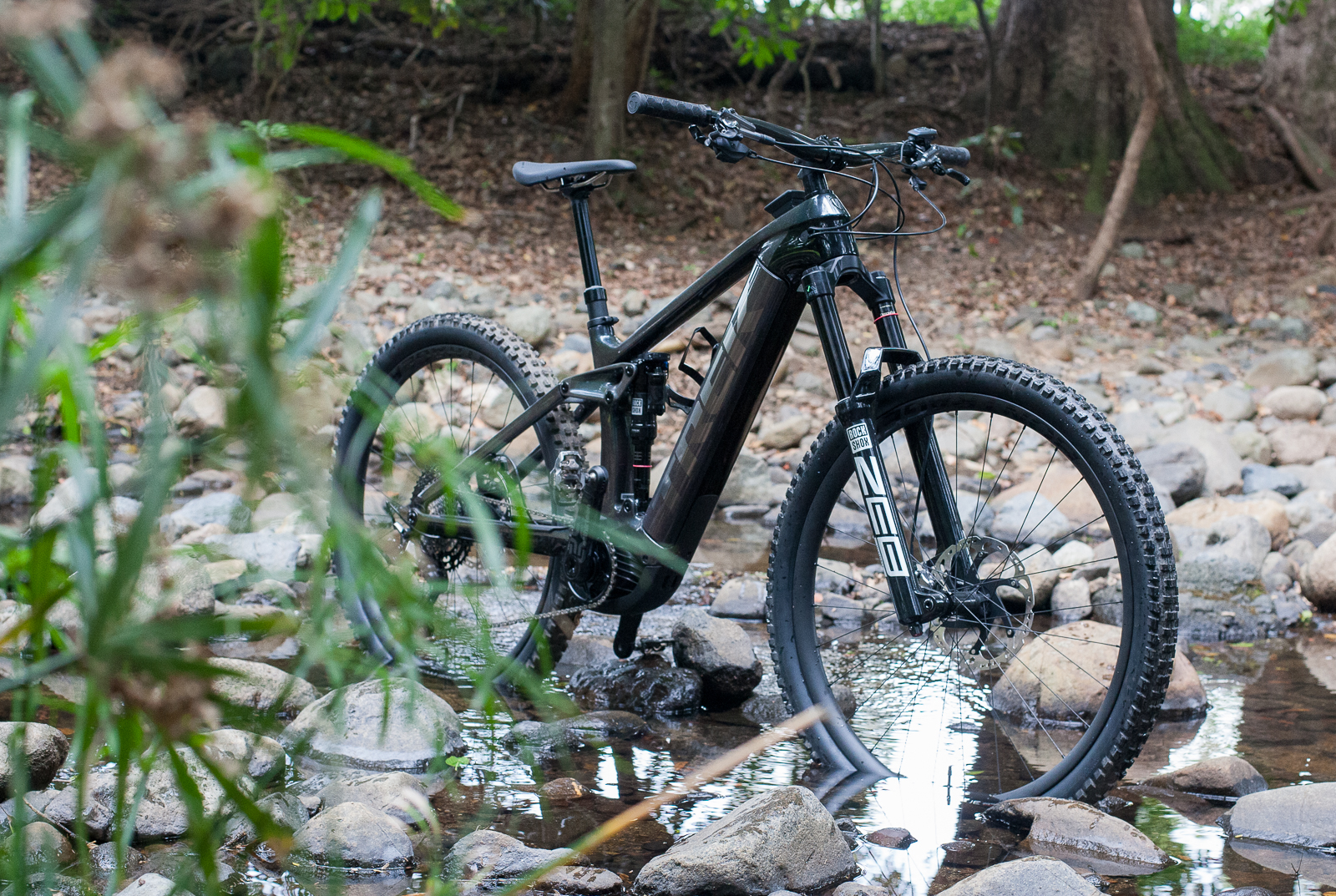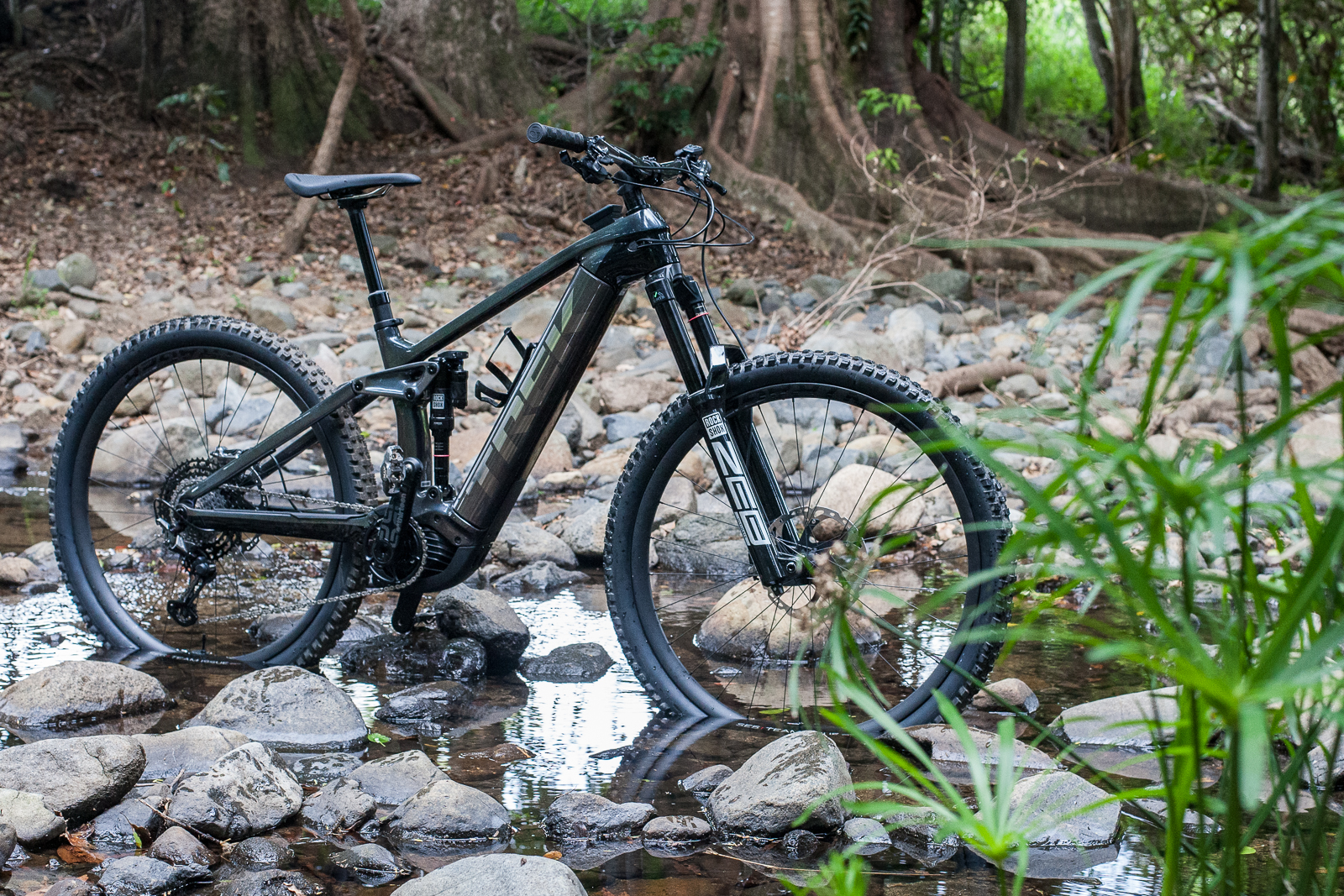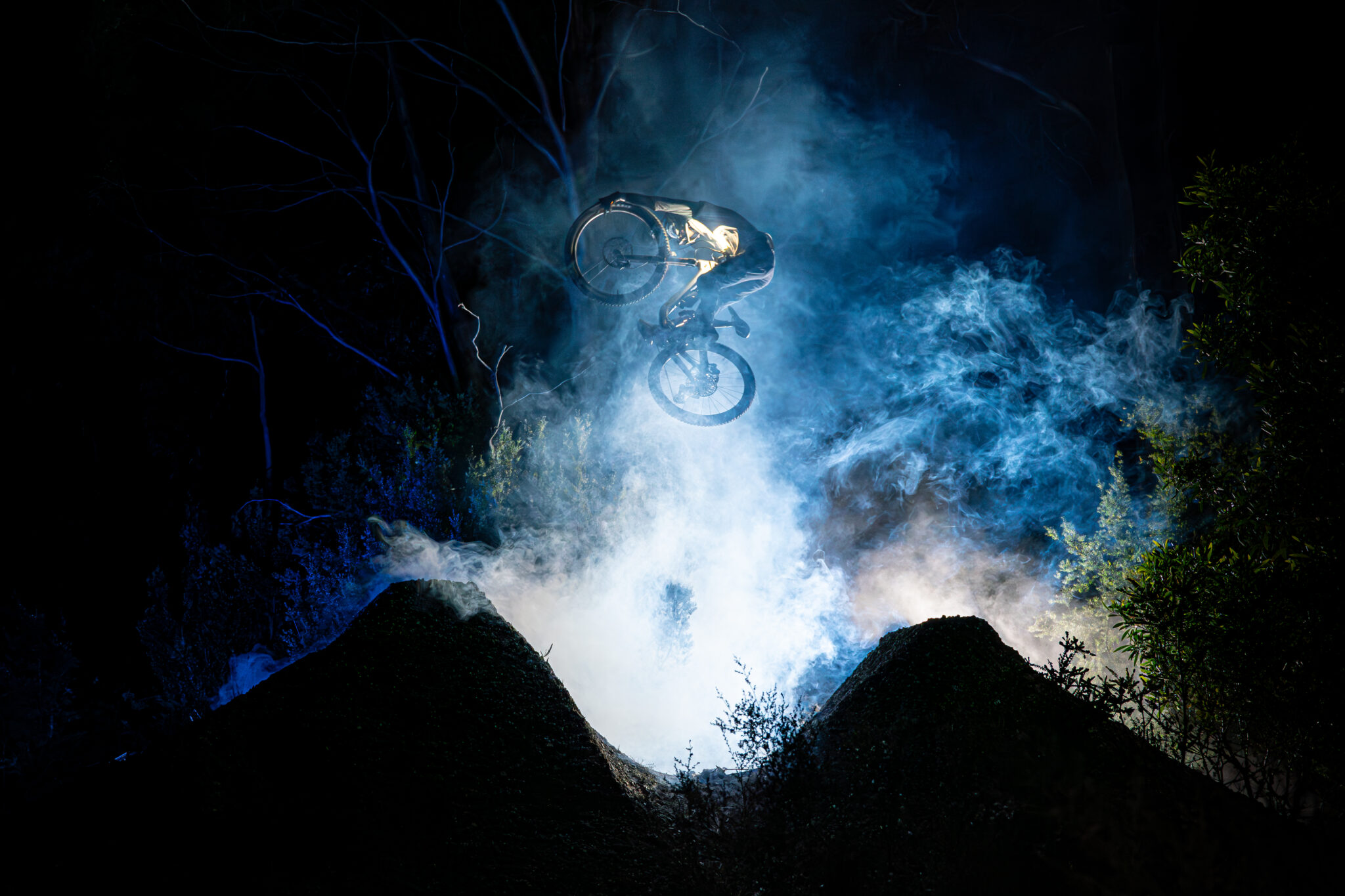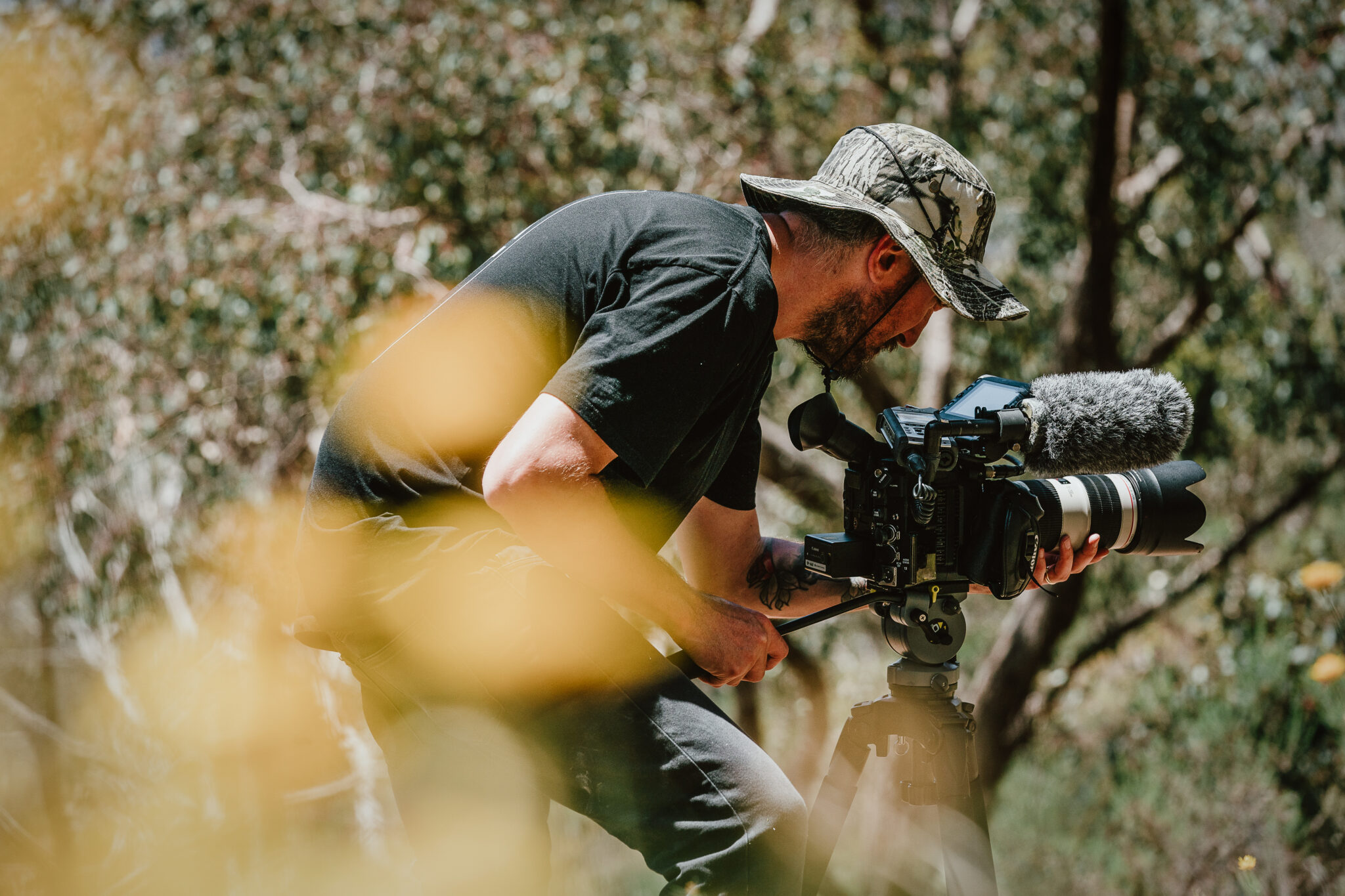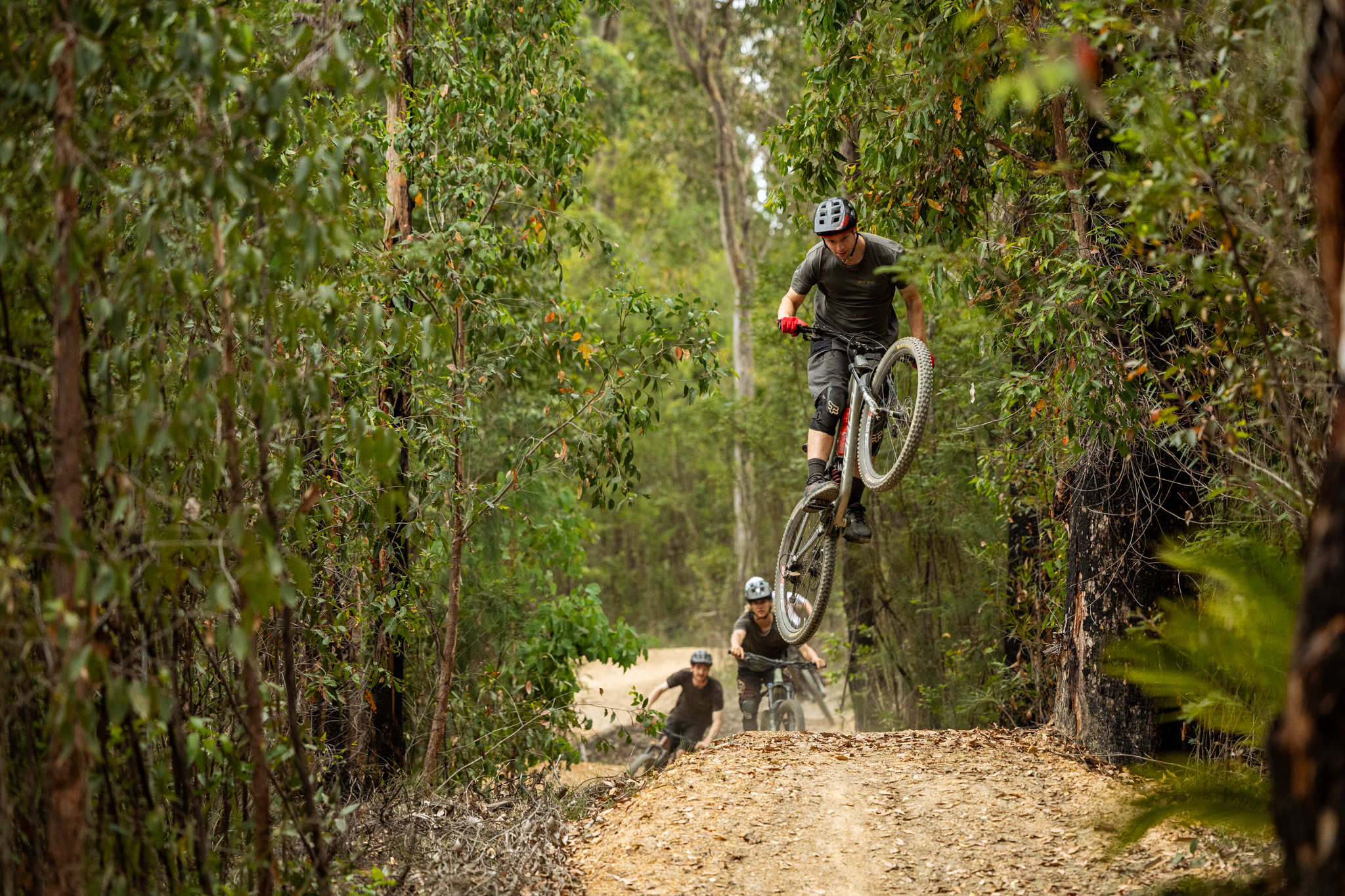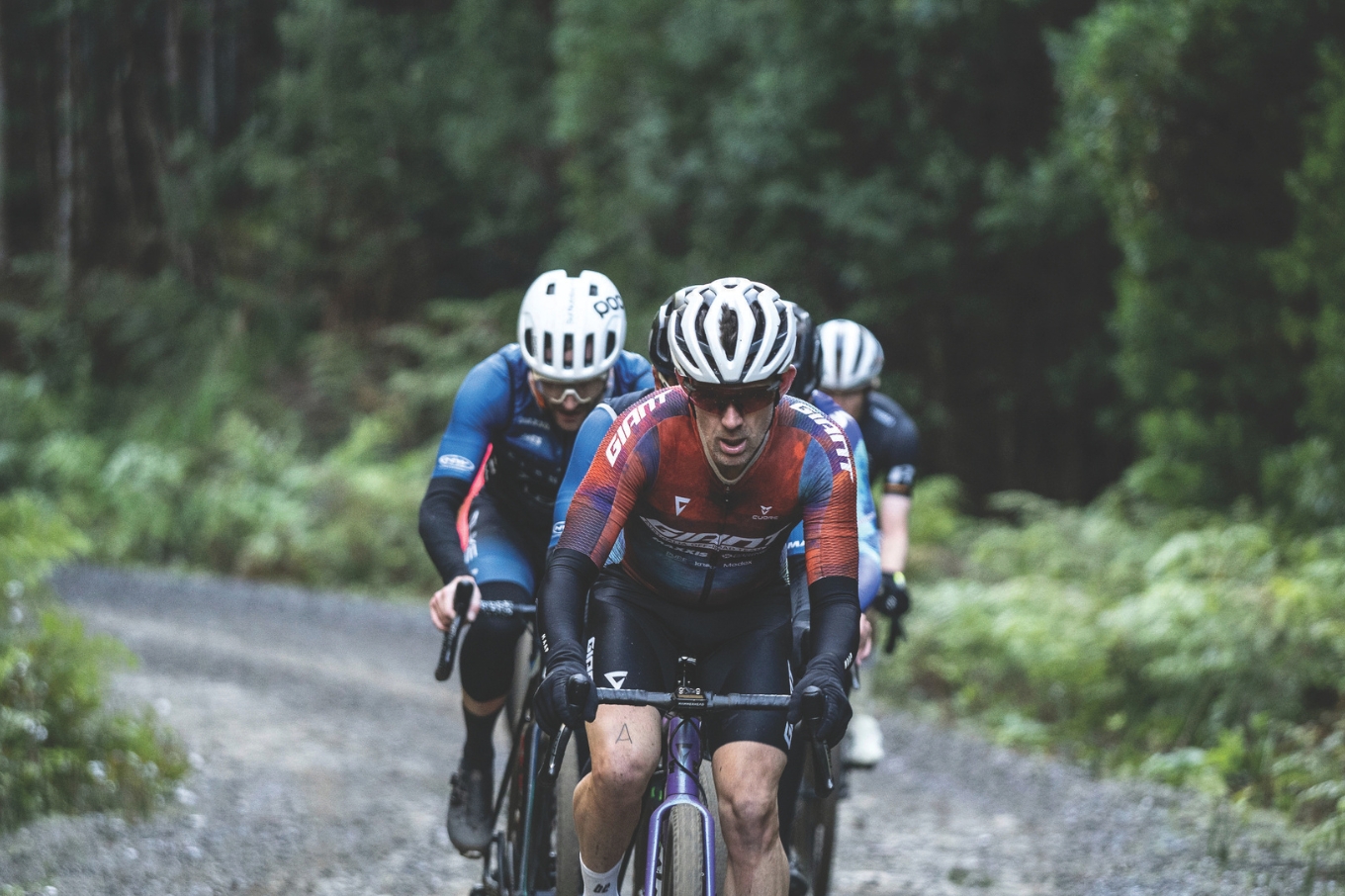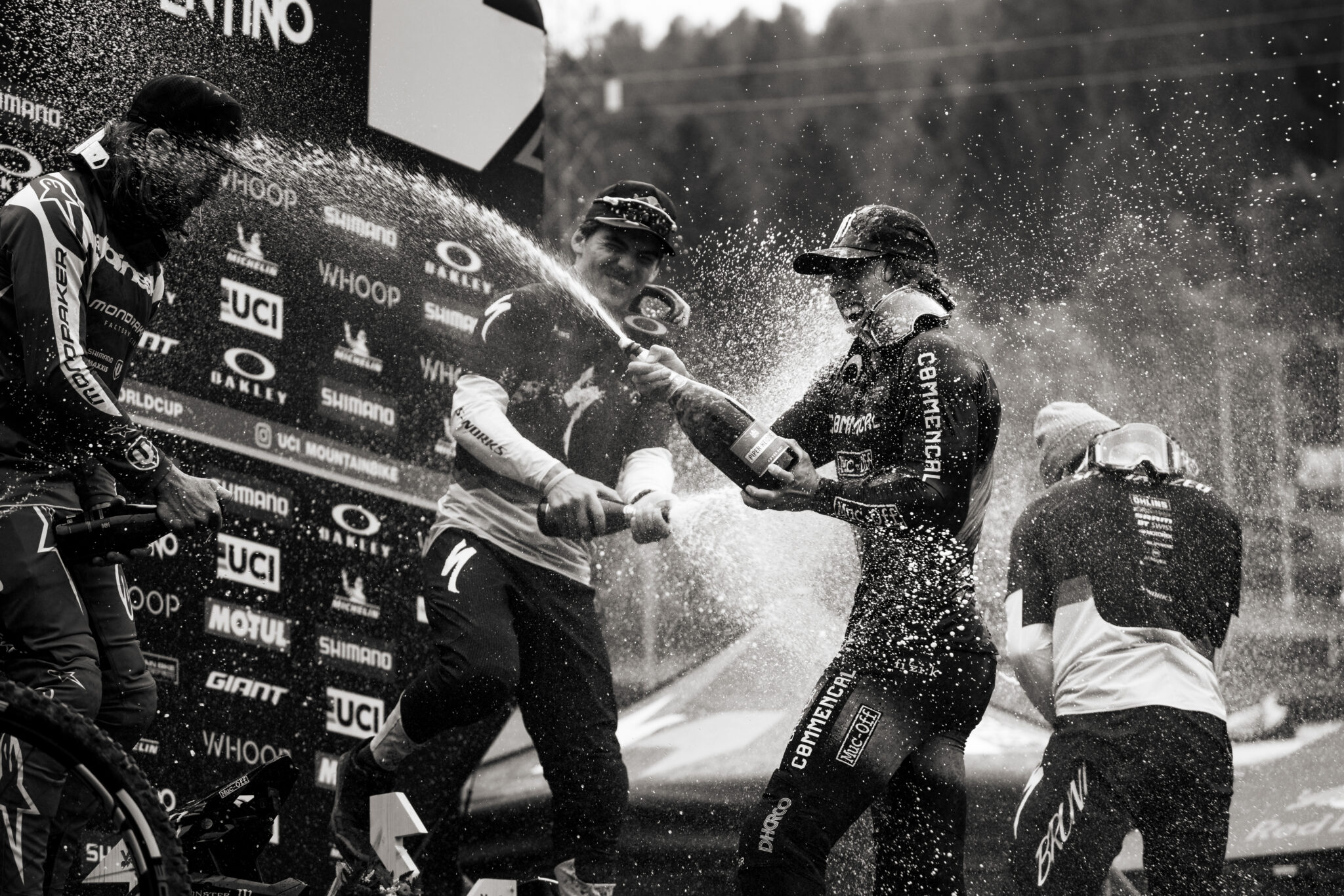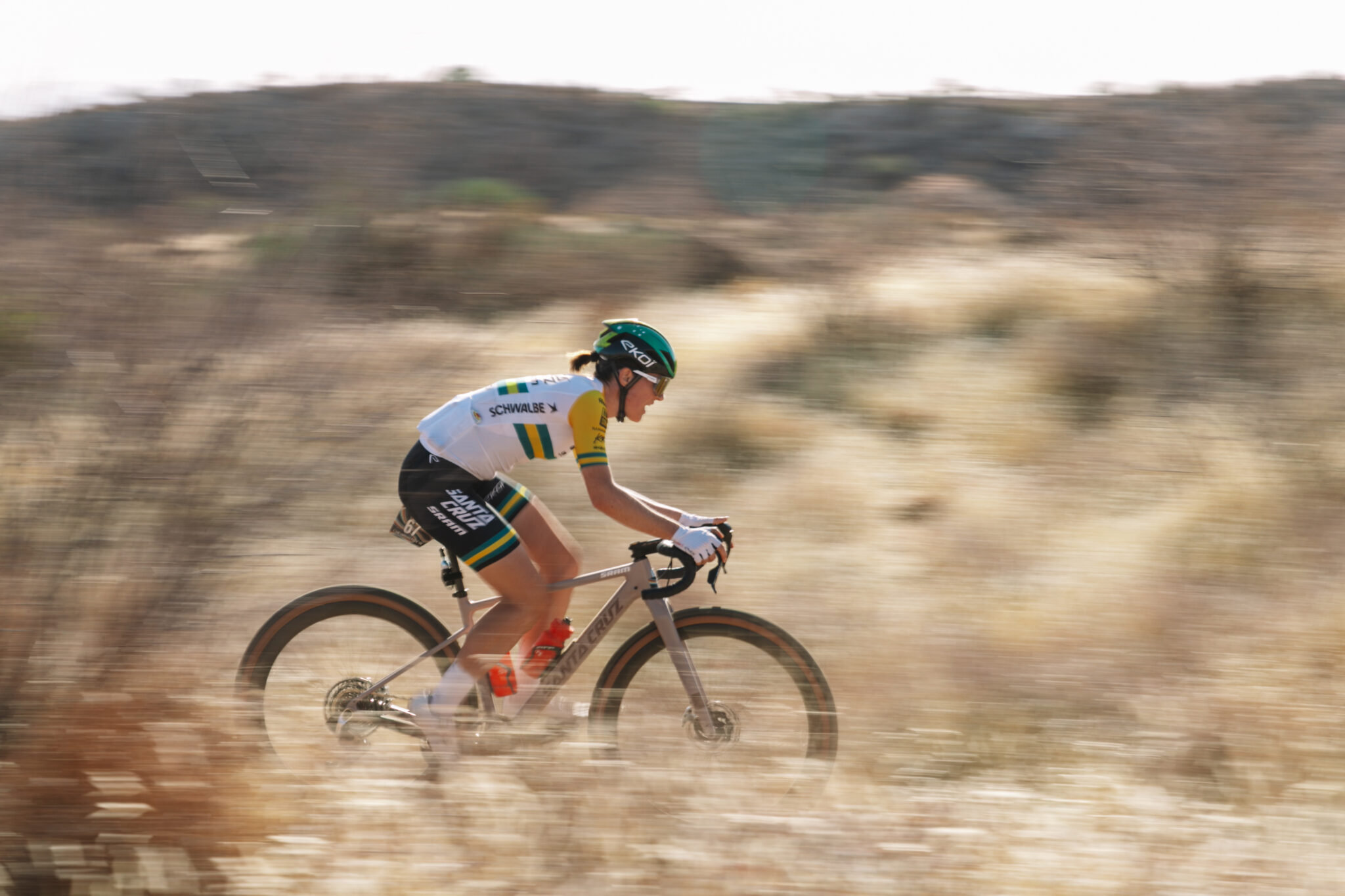First rides on the Trek Rail 9.9 XTR with Bosch Smart System
The new Trek Rail 9.9 XTR e-bike has landed for testing - here's a closer look at the bike, the updates, and how that plays out on the trail.
Here at AMB, we've had our fair share of time aboard Trek Rail e-bikes since they were released in late 2019. Tim Bardsley-Smith tested a Rail 9.8 in Derby, Tasmania soon after release, and soon after that Trek updated the suspension and Bosch updated the Performance Line CX Gen 4 motor with the eMTB mode and a bump up to 85Nm of torque. Soon enough, we had the new Trek Rail 9.8 on test, which Will Shaw put to work in his review.
Since then, Will also tested the alloy Trek Rail 7, which has proven to be a really good value eMTB for those chasing top performance without going for too much bling. But given Bosch had released their updated Smart System, which came with a 750Wh battery, a new controller and app for customisation, we were keen to get a ride on either the Trek Rail 9.8 or 9.9 with the system on board. The 750Wh battery commands a little more room, so the frames have had a minor makeover, and the ergonomics of the system and ease of use have had a huge overhaul thanks to the Bosch Smart System.
A closer look at the Trek Rail 9.9 XTR
This is a top shelf eMTB from Trek, selling for $15999. and you're best to look at it as en elecric Trek Slash. The 160/150mm front/rear suspension platform runs on 29" wheels, with 85Nm of torque and a 750Wh battery thanks to the Bosch Smart System motor. It's designed to descend fast and get you back up hill again quickly as well.
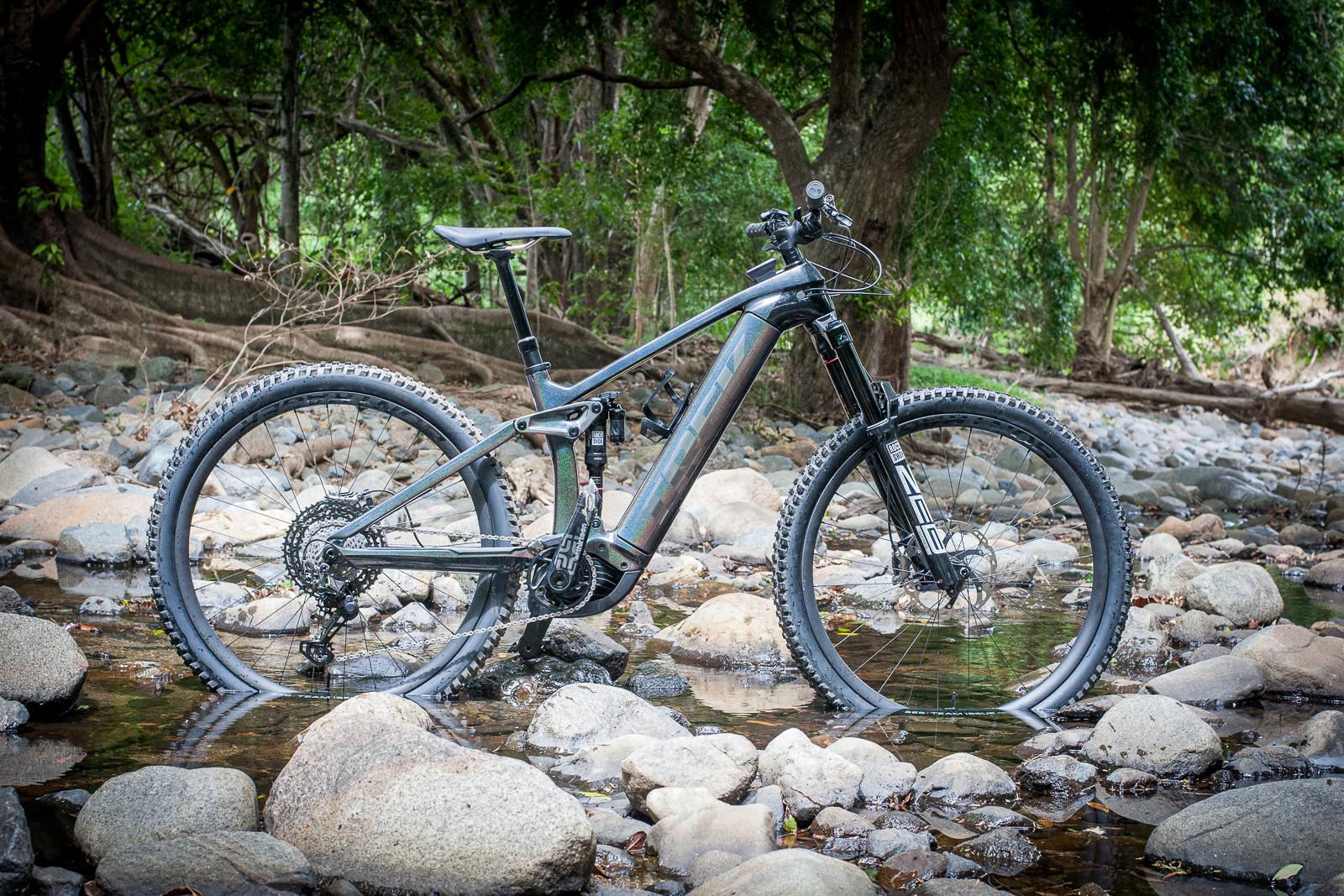
Like so many Trek bikes, the frame features a MinoLink geometry adjustment where the seat stays meet the rocker. The bikes ship in the low position which is what most people prefer. but you can shift it to the high position to steepen the angles by about half a degree, get a little more bottom bracket height and pedal clearance, and increase the reach a little.
Our medium test bike, in the low setting, has a 452mm reach, 64.2 degree head angle and an effective seat angle of 76.7 degrees. You can find the full geometry measurements on the Trek website.
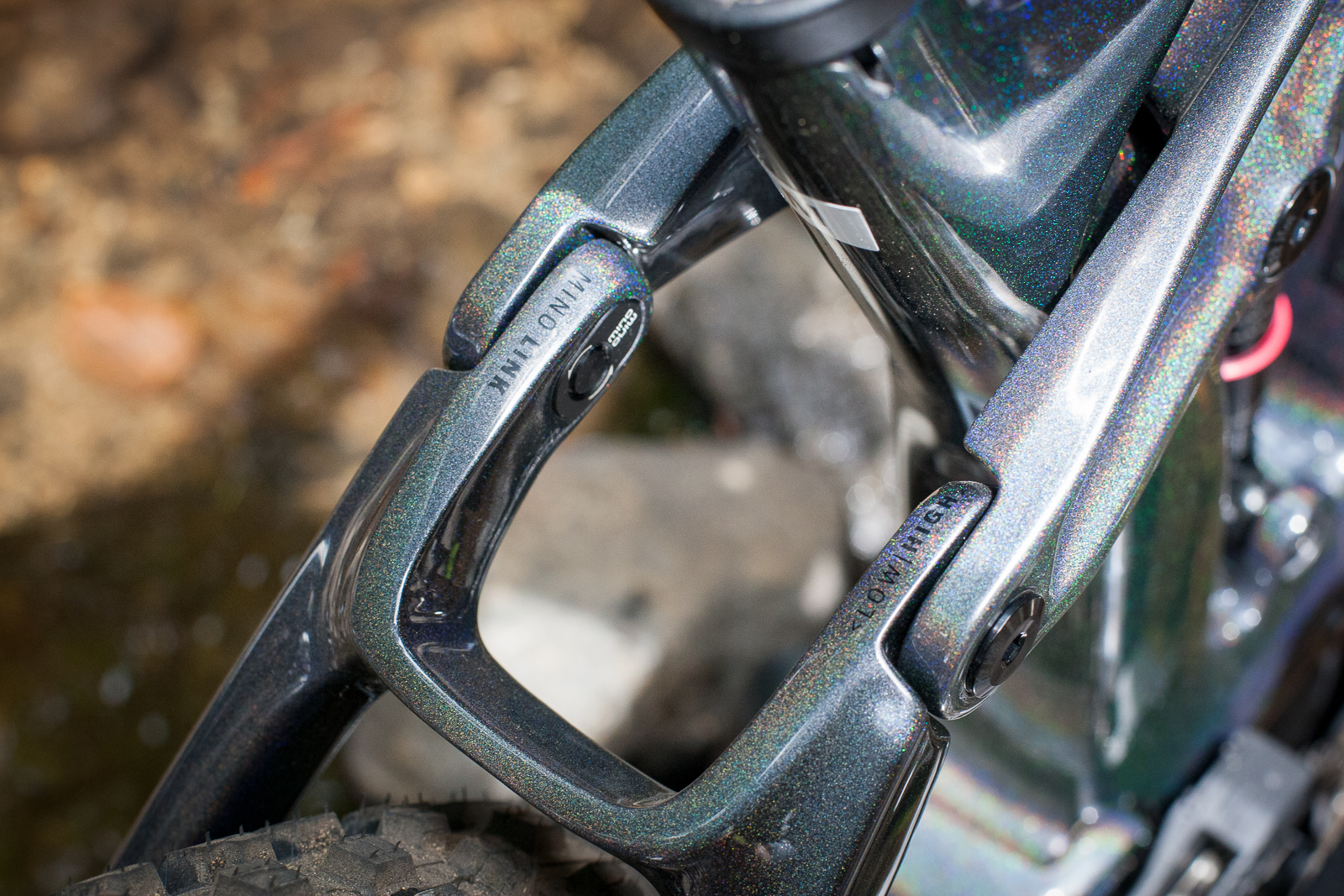
Suspension on the Trek Rail 9.9 XTR is provided by RockShox, with an e-optimised ZEB Ultimate with AirWiz up front for 160mm of squish, and a RockShox Super Deluxe ThruShaft rear shock – also with AirWiz – delivering 150mm of plushness in the back.
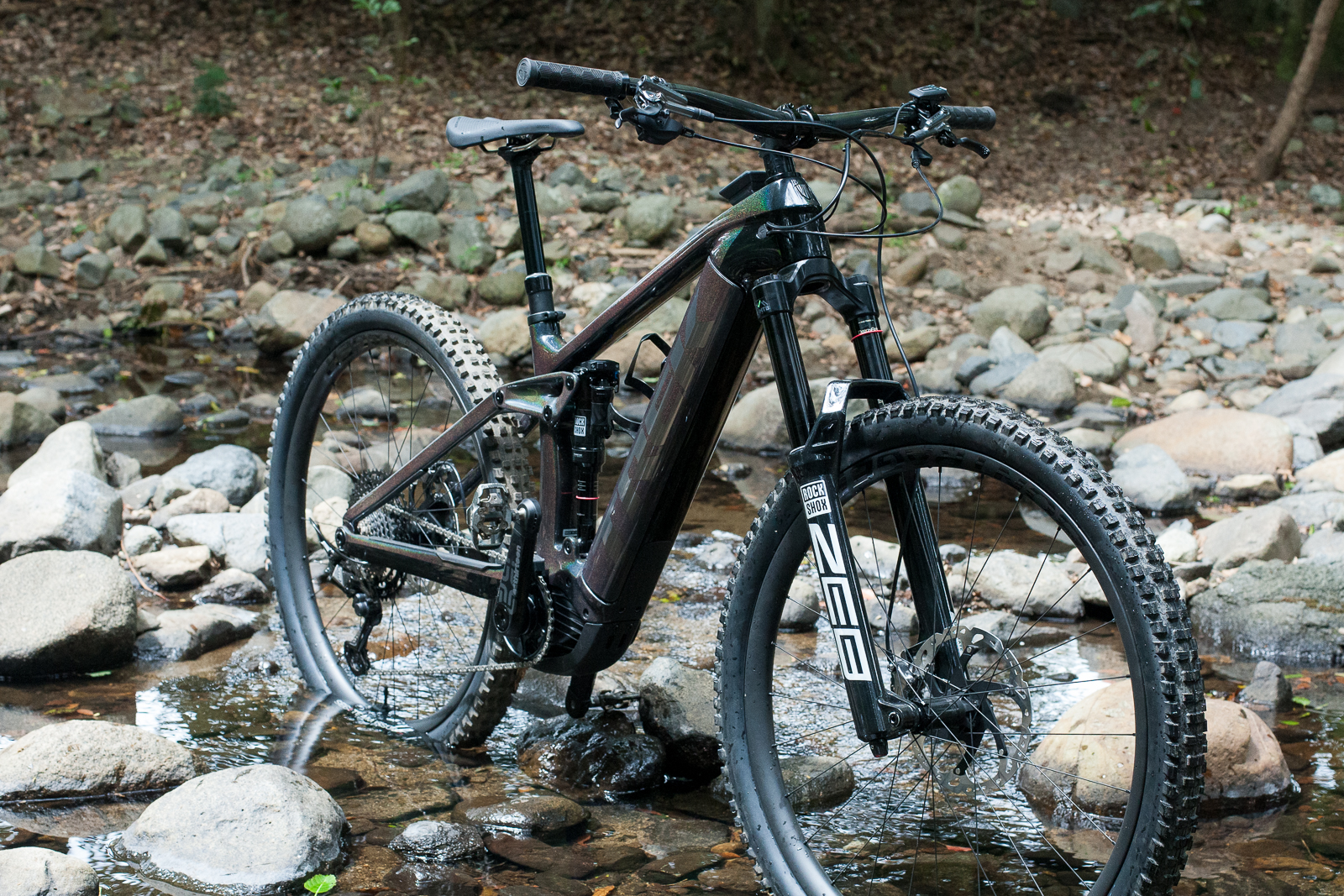
The drivetrain is a Shimano XTR 12-speed affair, save for E13 carbon cranks which are a nice and short 165mm. Shimano don't have a single click shifter at the XTR level, which is something most SRAM equipped e-bikes will have. Given how durable we have found the Shimano Hyperglide+ to be, this seems ok. But we do wonder if we'll see Shimano's LinkGlide equipment specced a little more in the future – albeit at an XT level.
Shimano also provide braking duties with their 4-piston XTR brakes, using 203mm 6 bolt rotors front and rear.
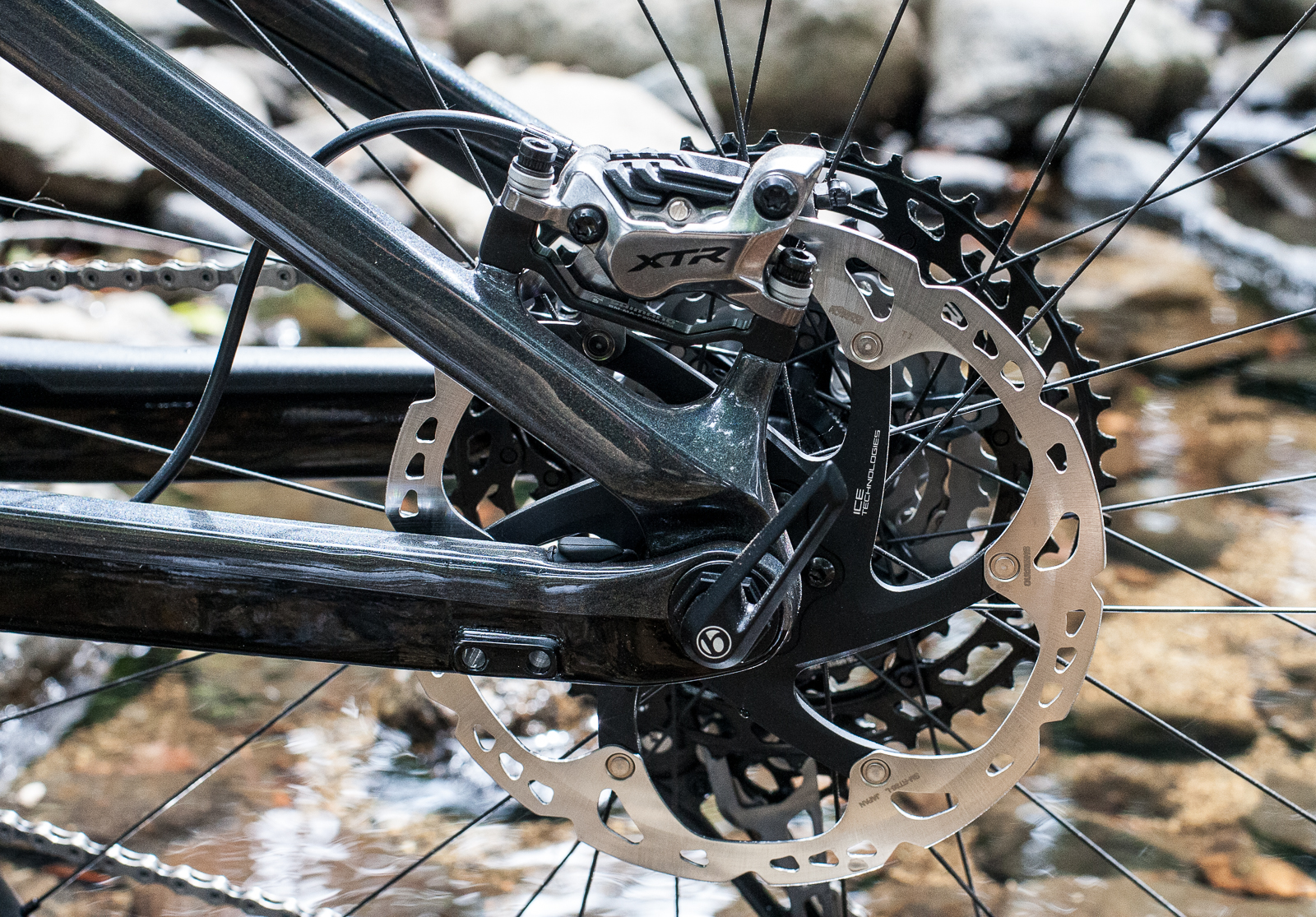
The wheels are Bontrager Line Pro 30 carbon, with the Rapid Drive 108 point rear hub, TyreWiz and burly Bontrager SE5 tyres. The come taped for tubeless and there's sealant provided. It's a small detail but a nice one that not all brands do.
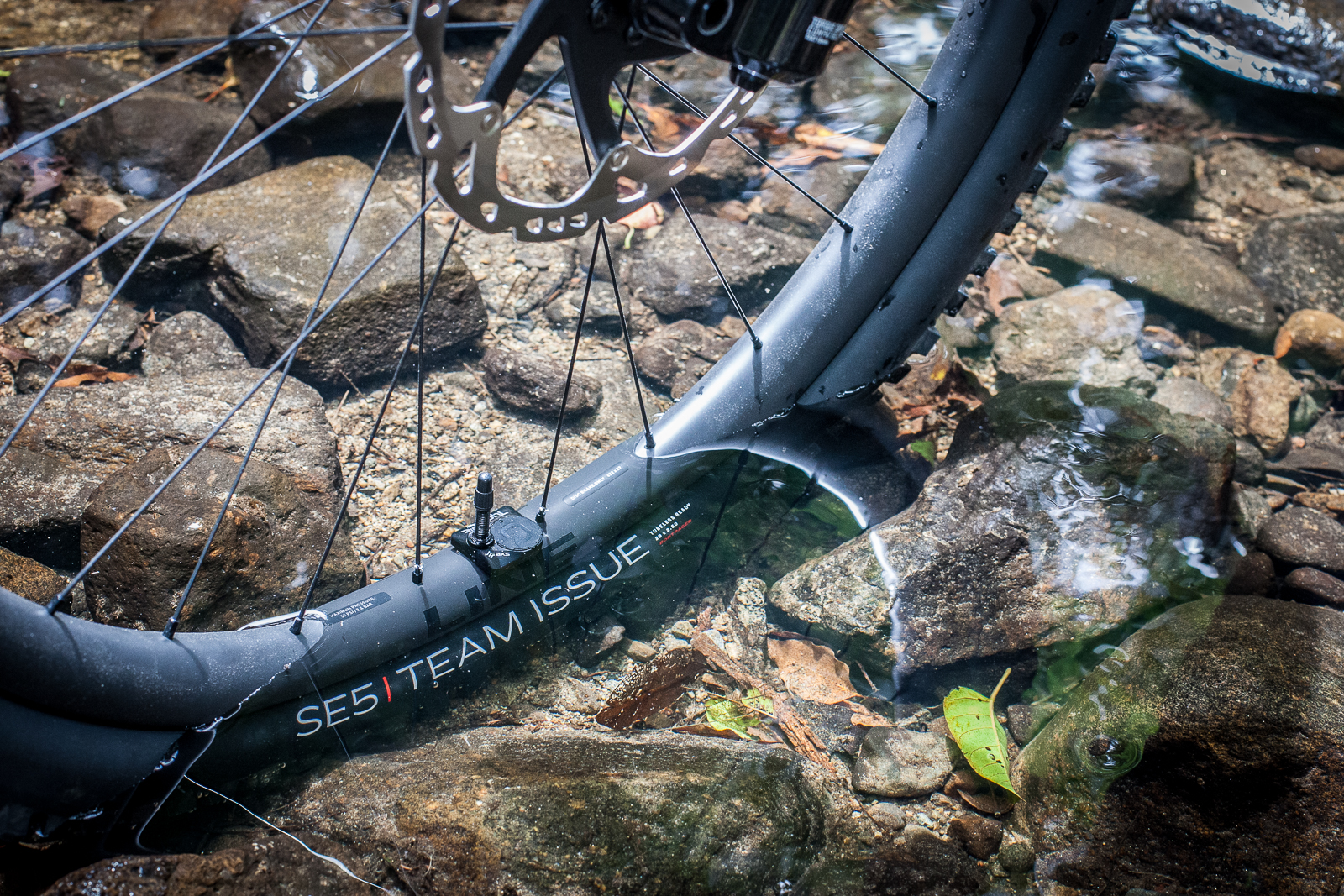
Bontrager also provide the 34.9mm dropper, carbon bars, stem, lock on grips and saddle, for a well-appointed eMTB. There's room for the included bottle cage to fit in the main triangle (that's not a given) and Trek's KnockBlock system ensures the bars won't smash the frame.
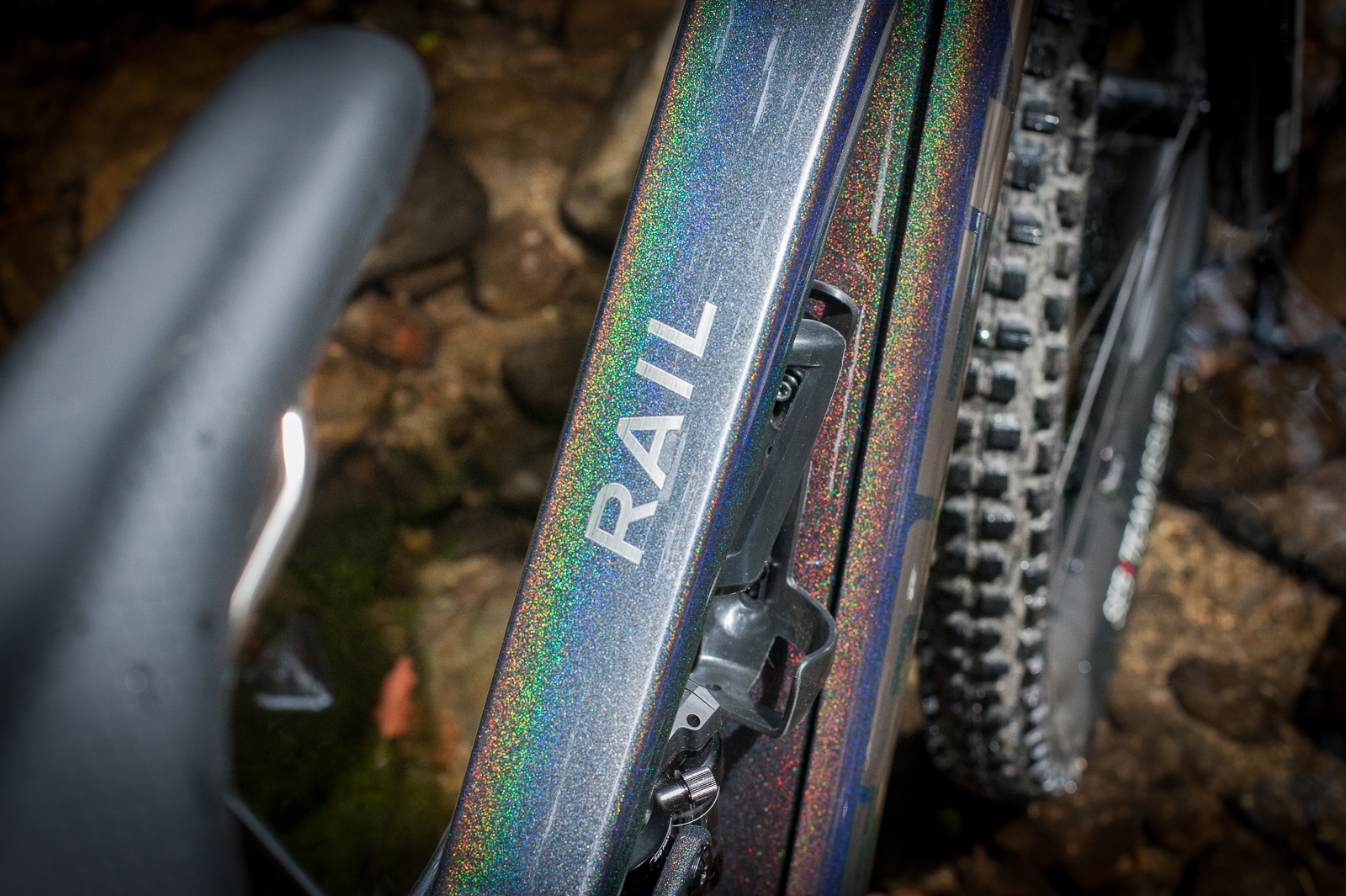
The controller is a nifty unit with LED lights and buttons, a nice change from the previous Bosch controllers. The idea is, you can use the controller without a head unit if you like, and you can still use the Bosch Flow app if you want to check your range, or customise the modes.
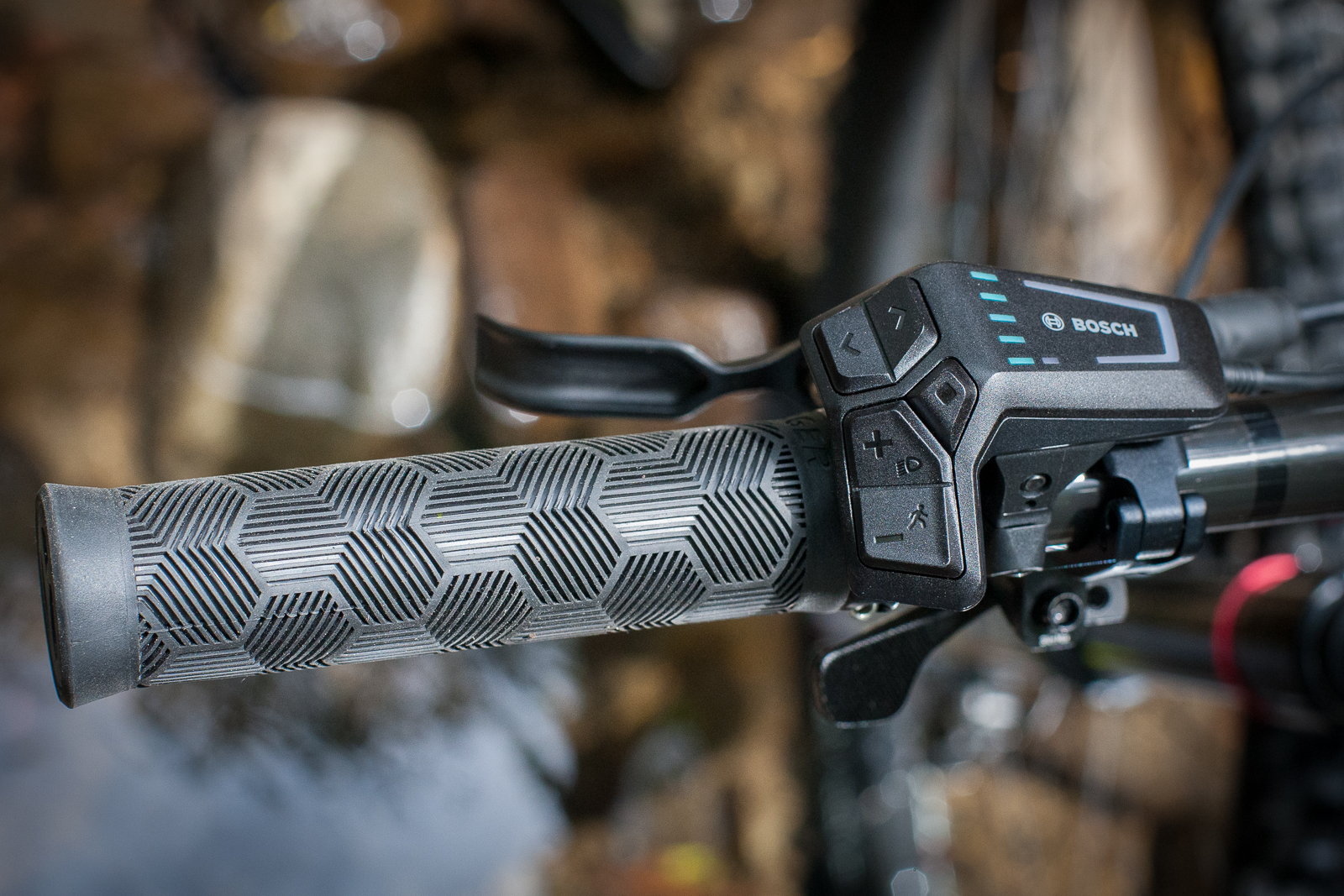
The Rail 9.9 has the Kiox head unit, and it's easy to read and check what mode you're in, if you prefer to do that instead of glancing at the LEDs on the controller. Bosch have Eco, Tour+, EMTB and Turbo modes. The Tour+ is a handy mode that gives full support or very little, dependin on your pedal input. EMTB does the same but from a slightly higher minimum support. It also has Extended Boost, where the system maintains support for a few seconds after you stop pedalling. It's ideal for big step ups, or keeping it open for a launch.
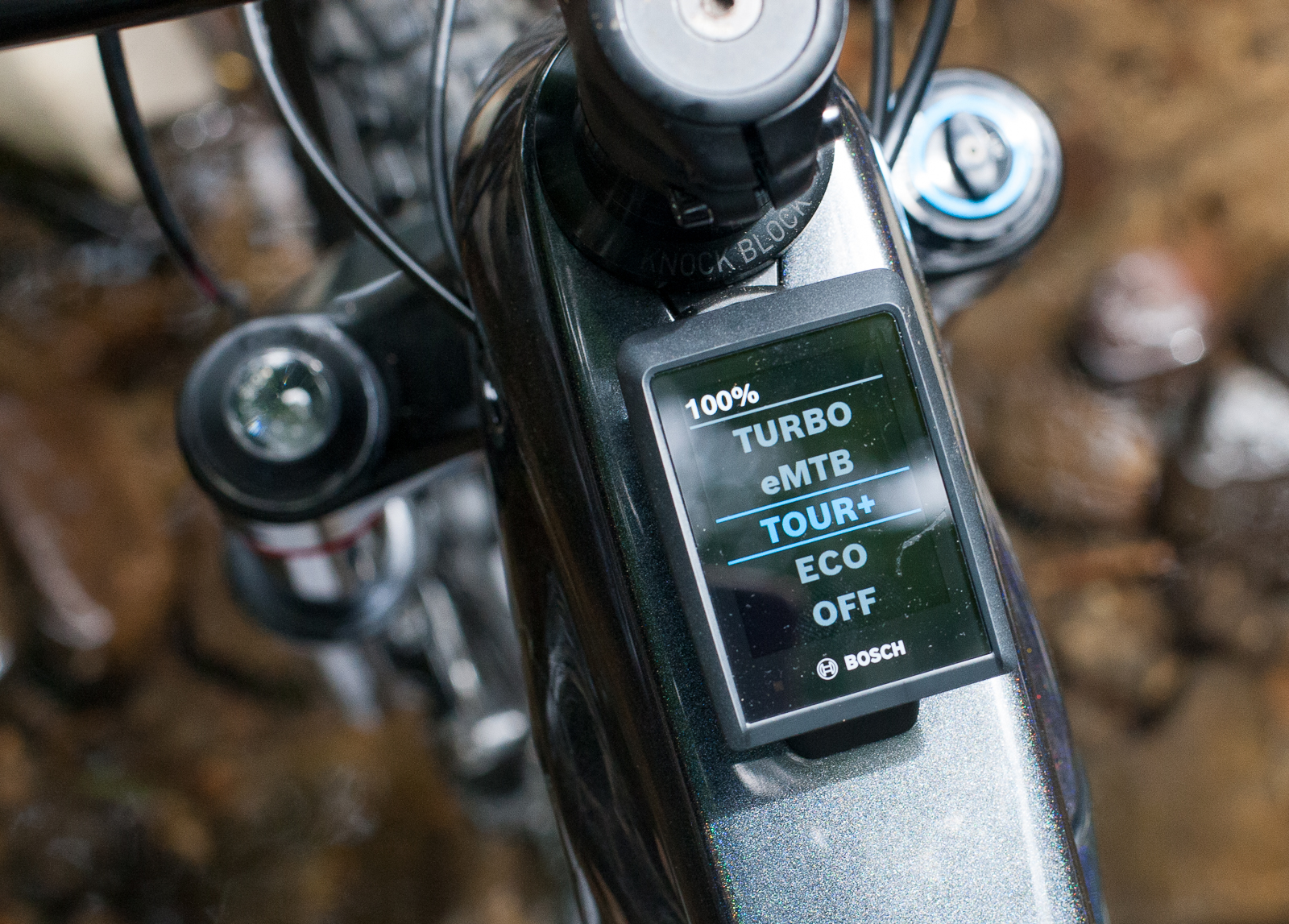
This test bike was set up and delivered to Anna Beck for testing, who has already been out on a local enduro run for some self shuttling. Here's her take so far.
First rides on the Trek Rail 9.9 XTR
I was pretty impressed straight up with the Trek Rail 9.9 XTR. How could I not be? A full OCLV carbon frame, Bontrager Line pro 30 Carbon wheelset, fully decked XTR group and a swathe of carbon you would expect on the start line of an XC race. Add into this Bosch’s Smart System, at a reasonably lightweight 22.7kg (claimed) and you have a pretty hot bike.
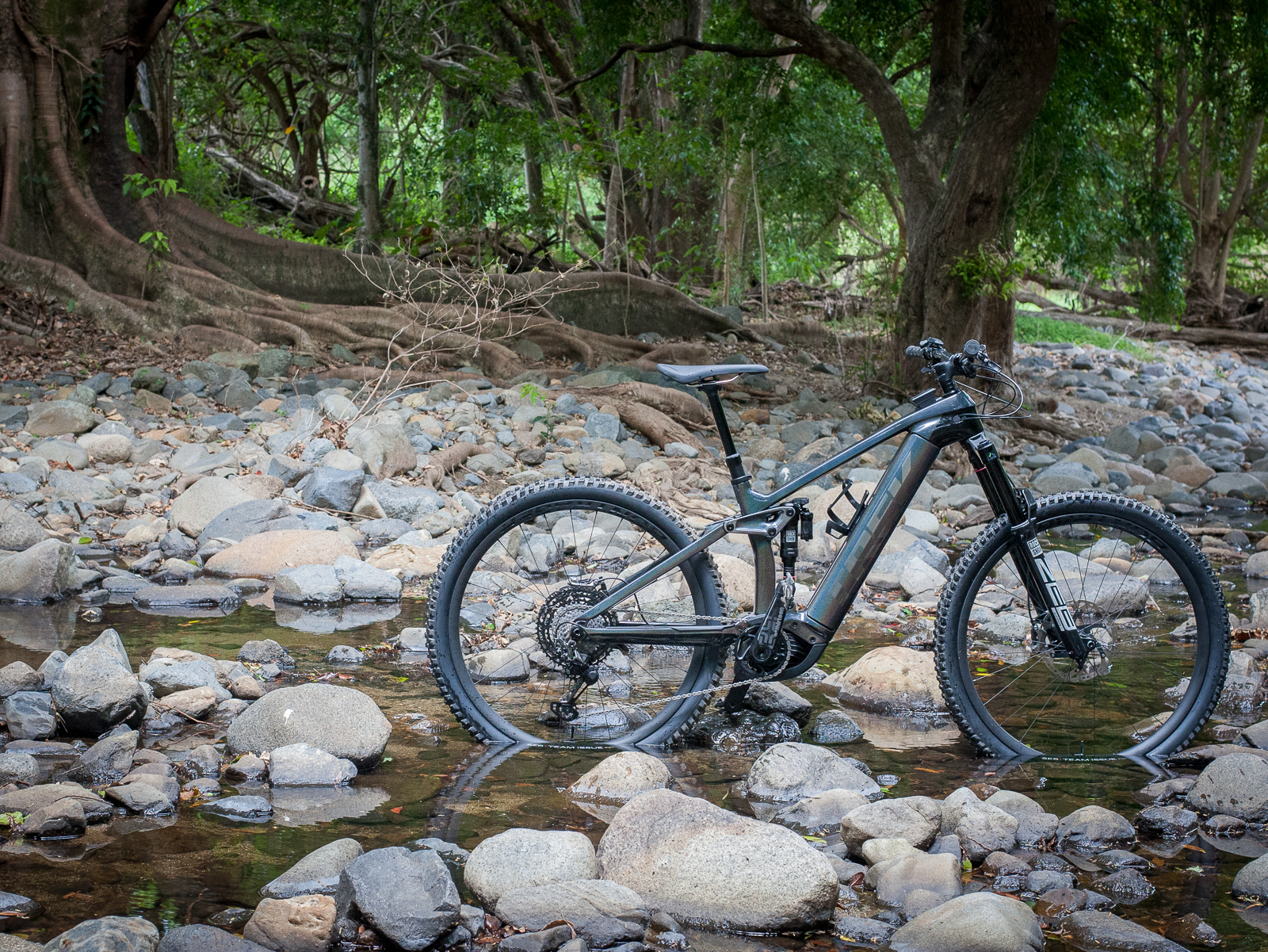
But how did my first ride marry up to the swooning over this bike? Well, rule number one is look good, feel good. And the bike looks the goods. Also it’s specially mystical in it’s broody ‘I’m black but wait also I have a rainbow’ colourway. Before I hit the trails, I downloaded the Bosch eBike Flow app, turned on the Smart System, synced the Rail to the app. It was super straightforward and without hassle: a good start. Through the app you can keep track of your mileage and how you personally use the Bosch settings.
For a taste test of what the Rail and Bosch can offer, I headed out to a secret DH trail in the middle of nowhere to put it through its paces. At 300m elevation from the bottom to the trail entrance, this route was a good test of the different settings. Fully charged, the unit estimated range would be 139km, 107km, 77km and71km in Eco, Tour+, EMTB and Turbo mode respectively.
I managed 2x full runs, 3x runs of 80% of the trail and some faffing around some of the bottom jank one more time for a total of 18km and 1200m. After the ride, 60% of the battery remains, and a remaining range estimation of 45km, 35km, 25km and 23km in Eco, tour+, EMTB and Turbo, respectively. So while the max possible range is indicated at the start of the ride, the display dynamically changes as you’re riding along and is obviously affected by things like terrain and rider weight. It’s easy enough to navigate the display with left and right buttons on the LED indicator (which also allows you to toggle through the modes), and between battery life display on the Kiox, LED indicator and in the App, there is no excuse for running out of battery.
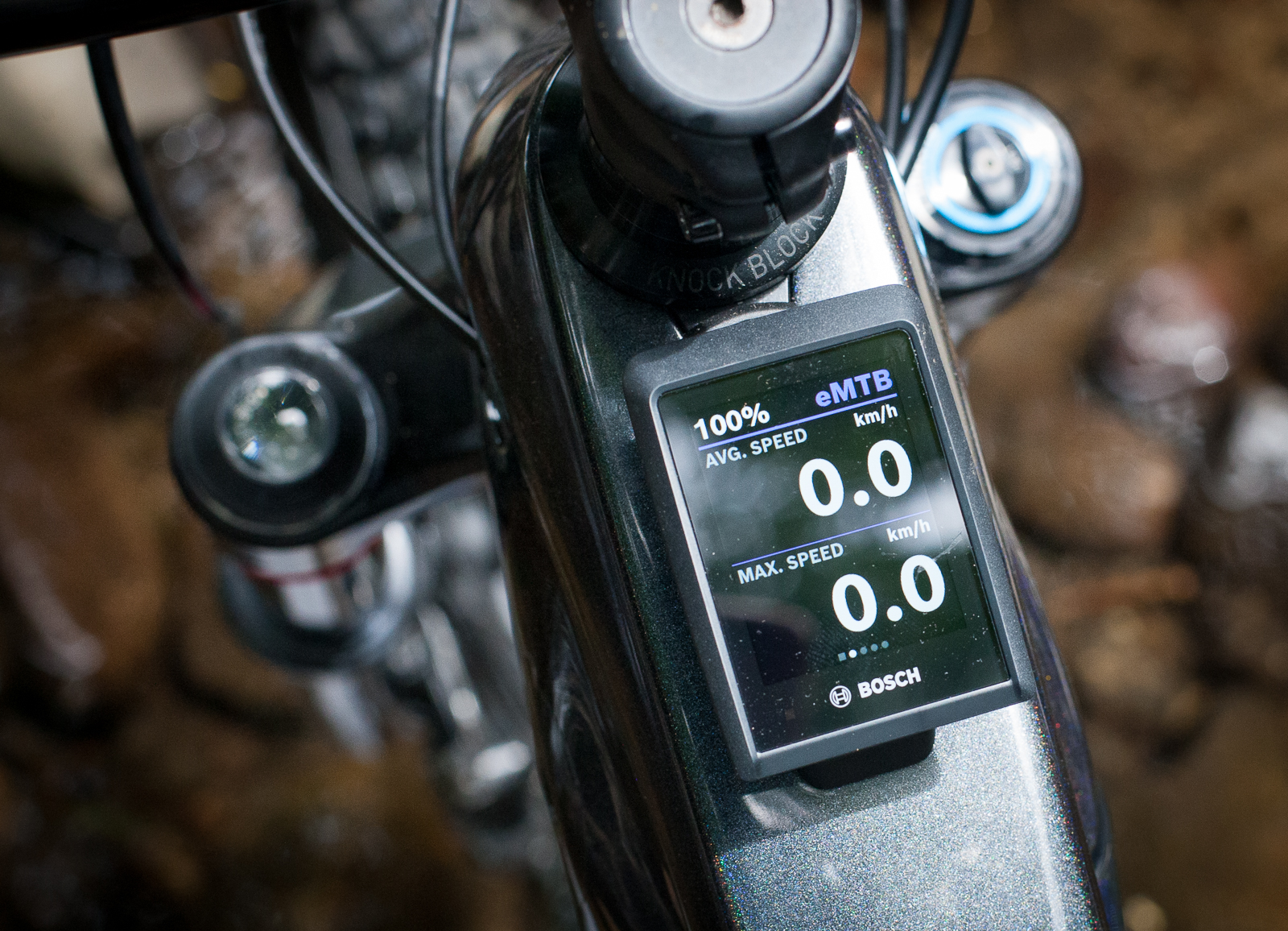
I started in Eco and watched as up the first climb our range estimate on the Bosch Kiox display dwindled from a possible 130+ km to a measly 59km. But this wasn’t representative of most trail riding, it’s a savage climb even on the freshest legs on a 10kg cross country bike, so I expected to churn through a fair bit of battery on this ride. The assist of Eco mode was minimal: I ascended the hill in a similar speed to what I would usually ride on a lightweight downcountry bike, with similar wattage. In this instance, Eco mode was tiring, I was still pushing tempo watts and averaging about 9km/hr up the climb. That’s right, the Smart System shows your power input which is cool because it’s an awesome tool that gravity riders seldom make use of, and here it is for the taking.
The second climb I used Tour+, a dynamic mode that matches your power input with the output. I found this super useful when coming to the steeper ramps on the ascent, and was smooth and reliable on the descent. eMTB was somewhat similar, but with it’s extended boost feature we found it better when I was descending and needed a quick power stroke ahead of a janky drop, or to gain enough momentum to hop and adequately clear a slippery sideways log.
Turbo mode was like a Marvel comic book character busting out of their civvies into their superhero outfit: Bosch is not messing around here, and it was pretty obscene how quickly I could ascend in Turbo. In fact, I missed the trail head at the top as I was going too fast (uphill) and once I hit the bottom, I decided I needed to do an extra run ‘just because’.
In terms of how it rides, despite it being an eBike with the heft that is necessitated with a battery, it actually handles like a much lighter bike. I am sure in part this is because it’s been on a carbon diet (compared to most eBikes), but it’s easily manoeuvred, and hops and jumps with much more ease than I would have imagined. As I did a few more runs, I got more and more confident on the bike, until near the end of the ride I was probably hitting it much harder than I would on my regular, non e-bike rig. The Bontrager tyres held up well to the sketchy scree and special jank that only illegal QLD trails can deliver, and the Zeb and SuperDeluxe were taking the full brunt of the rough trail, but performed reliably well. It was a supremely planted ride, despite being happy enough with some airtime, and pushed you to plunge harder and deeper into the rougher stuff. This bike seems to be a bit more on the stable side of the stability vs sprite scale, but for this type of riding I’m a-ok with that.
I look forward to heading out to some local trail networks with a mix of flow and tech, and really put the bike through its paces. But right now, I am actually pretty impressed with the Trek Rail and the Bosch Smart System.
Anna's full review will be in Issue #201 of AMB, out in late January 2023.
